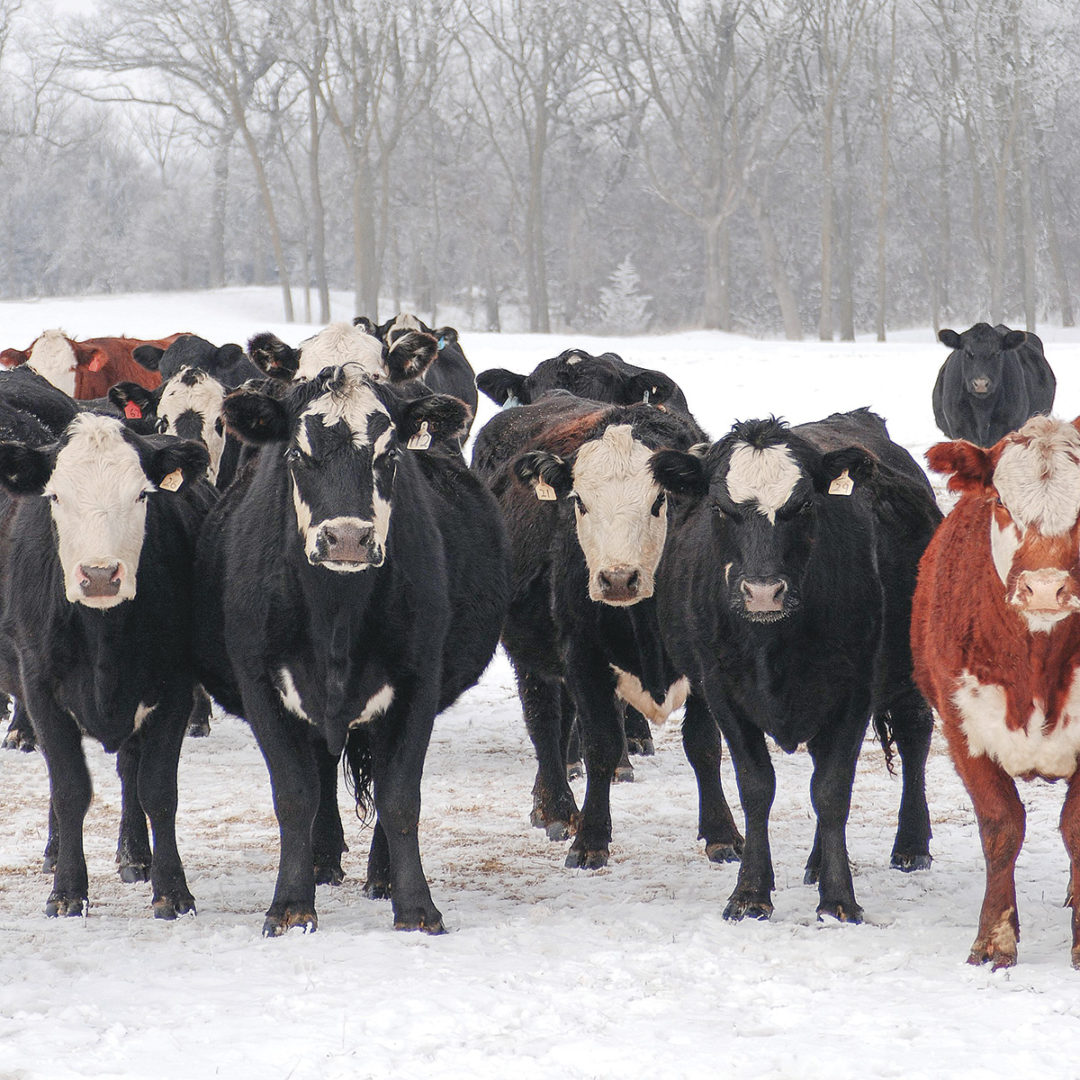Having ample water available to livestock aids their health and performance. “The importance of water intake is usually overlooked during the colder winter months. However, cattle must consume adequate levels of water to support the increased feed intake required to keep warm. If cattle do not drink enough, their production and health will suffer,” says Tony Hawkins, Valley Vet Supply technical service veterinarian.
A University of Kentucky report noted that, “Dry matter intake [DMI] is directly related to water intake, and the less an animal drinks, the less feed it will consume. This leads to reduced weight gains, milk production and animal performance.”
On average, cattle will consume water by 1 gallon per 100 pounds of bodyweight during cold weather. This amount doubles during the summertime. With that, it’s important to check your automatic watering system and submersible heaters for any maintenance needs to ensure they function properly this winter. For insight on this, we also visited with Gallagher’s territory manager of Nebraska and northern Kansas, Robbie Johnson, who offered up his advice.
Maintenance tips: Automatic watering systems
Check for physical damage. “The biggest thing I have producers check is that there isn't any visible damage to the waterer itself,” he says. “When cleaning pens or stalls out, look things over to make sure they haven’t been run into or anything.”
Look over the pad. “If the concrete pad has gotten damaged or has settled, I recommend that producers put silicone on the bottom of it to keep dirt and manure out. This is especially important in the wintertime because when matter gets underneath there, and it freezes, then it just starts pushing everything up,” he says. “Make sure you have a flat pad. Take a skid steer or tractor and scrape it flat. This will help prevent the tank from shifting. Keep rock and hard material packed in around the concrete pad if you can.”
Check the valves and floats. Johnson advises, “Whatever style of livestock waterer you have, open the top and check the valve. You can make sure that the arm or plunger is still in there and that it’s still working or shutting off properly. Also check that the floats are floating.”
Review for additional damage. “Make sure that, if you have a tank with a floating ball to gauge water flow, the ball has not been chewed on or is taking in water for whatever reason.”
Maintenance tips: Submersible tank heaters
Watch for calcium and iron buildup. “If people do not take them out during the warmer weather, which we recommend doing to avoid calcium buildup on the heaters, the heaters will not turn on properly,” Johnson says. “If there is calcium buildup on them, or areas with high iron, just take some baking soda and vinegar mixture, and clean it off using a brush, then rinse it really well. If it's been like that for a long time and the heaters burn itself out, then you just have to replace the heater.”
Avoid electrical cord problems. “If you can put the electrical cord [of the heater] through PVC, and actually have the PVC in the tanks, that will prevent livestock from getting to them and chewing on the heater cord.”
Breaking ice, frozen hoses and faucets … watering woes often set in come wintertime. In a year when many producers have likely been hauling water to livestock already, automatic waterers and submersible heaters can at least help to lighten the workload when watering your livestock.
Johnson actually just installed one on his place in Nebraska. “I just put in one myself. We weren't that far from a hydrant, but we were far enough that breaking ice in the winter from a conventional tank wasn’t fun.”
Keep these thoughts in mind to help ensure your herd’s health, and remember this winter, and every season, the important role that water plays in your herd’s overall performance – helping to ensure weight gain, milk production and more.









